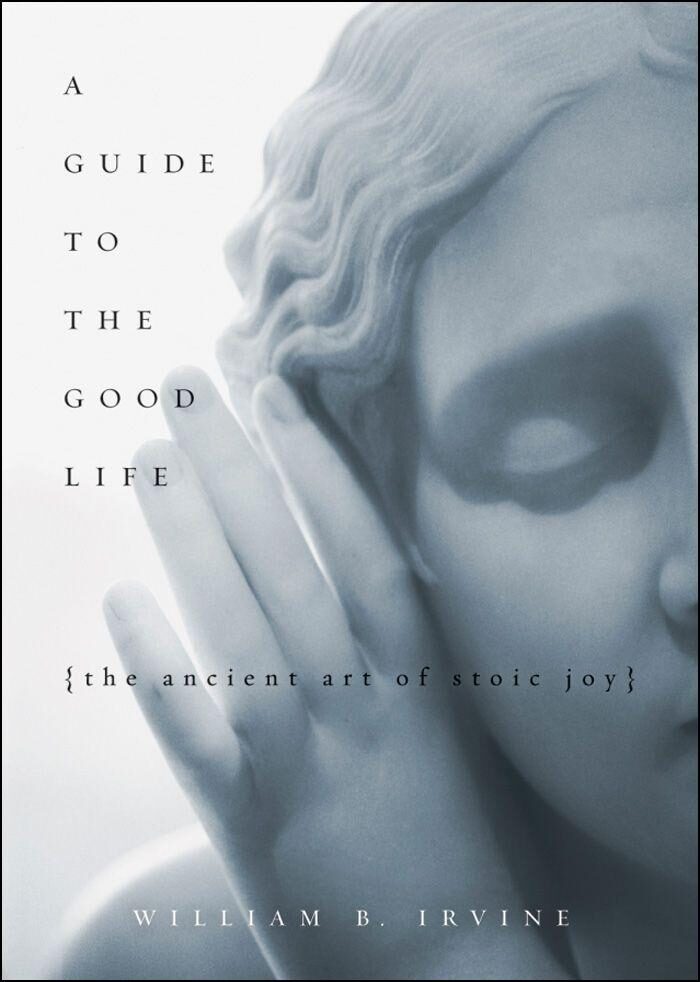There will be—or already has been!—a last time in your life that you brush your teeth, cut your hair, drive a car, mow the lawn, or play hopscotch.
My rating : ⭐⭐⭐⭐

A Guide to the Good Life: The Ancient Art of Stoic Joy is a wonderful, thoughtful, fascinating, and informative guide by William B. Irvine. The book includes a comprehensive guide of stoic advice, stoic psychological techniques in western Philosophy, stoicism for modern lives, and provides a great introduction to the history of the rise of stoicism.
The Essential Stoic history of stoicism, in general, goes back to 300 BCE when Zeno of Cyprus, after loosing his wealth after getting it shipwrecked in Athens, to became a legacy…the term Stoicism (stoa poikile) which means the decorated public colonnade where Zeno and his community developed this philosophy. Its fundamental principles are a common theme throughout the course of the book, as well as a key foundation for all the aspects of modern life. A common theme in Stoicism is that they seek to create a better life for themselves and their people , both in terms of their own lives and their ability to live in a happy, well-being. That is why we call the life of Stoicism and Stoicism in particular a philosophy of tranquility and calmness.
Alongside with that, the author provided an interesting suggestions and techniques on the various aspects of being a stoic
Negative visualization : is the most important aspect of Stoicism, as it was the practice of taking a view of the life of an individual and seeing the meaning of the things that matter and imagine their non-existence. this complex techniques allows us to view what we value and why. and helps us to think through life and not take things for granted as well as prepare ourselves to experience things before it happen.
The dichotomy of control : The dichotomy of control is a key component of Stoicism which leads to the Stoic ideal freedom. The basic idea is that if an individual wishes to control all things, but it will not allow him to reach tranquility. so A fundamental feature of The dichotomy of control is to distinguish between three separate entities concerning control. One of the three entities is that the person has a full control over his thoughts and actions. second entity is that the individual has no control over a matter. however the third entity lays down in having a partially control.
fatalism :
Self denial :
Meditation :
duty, social relations, insults, grief, anger, personal values, exile, old age, dying, on becoming a ctoic,
